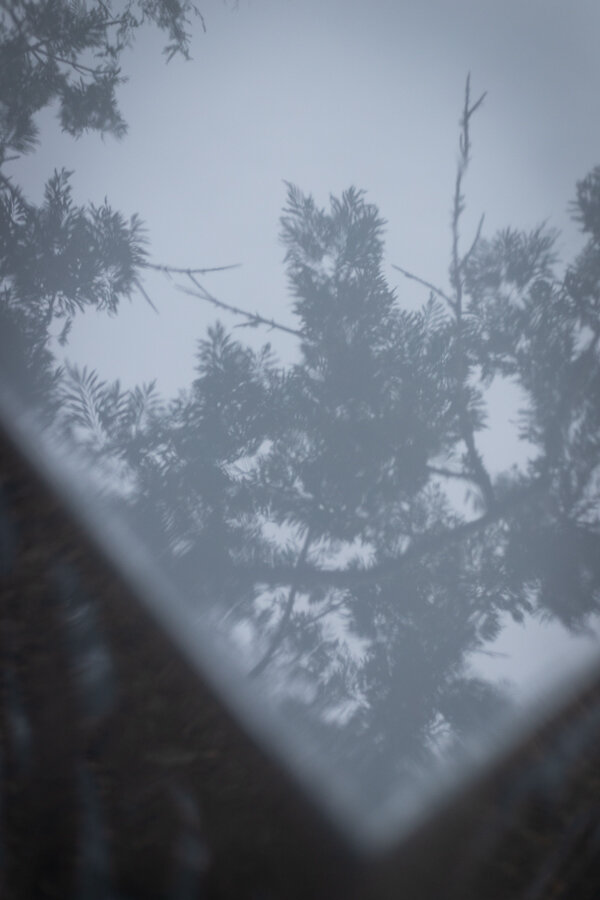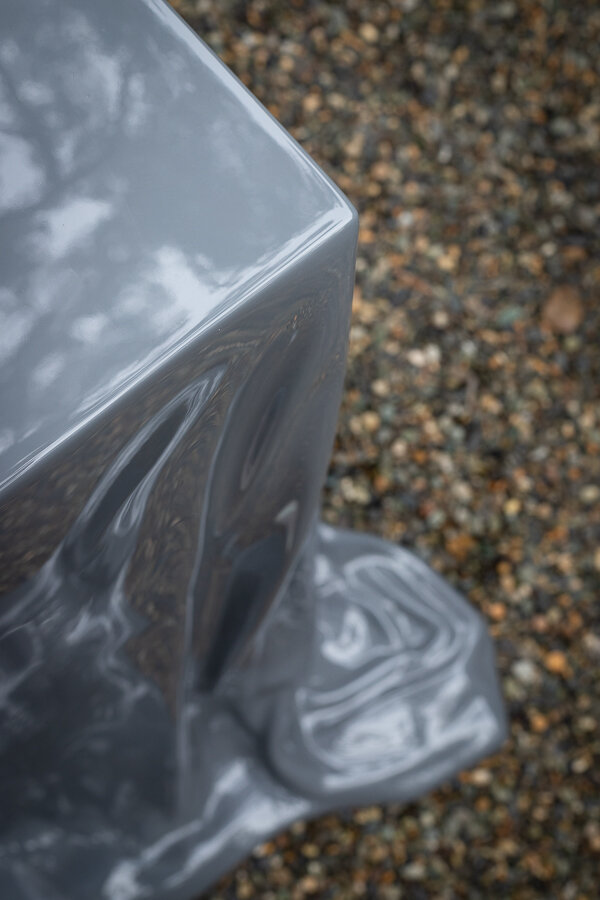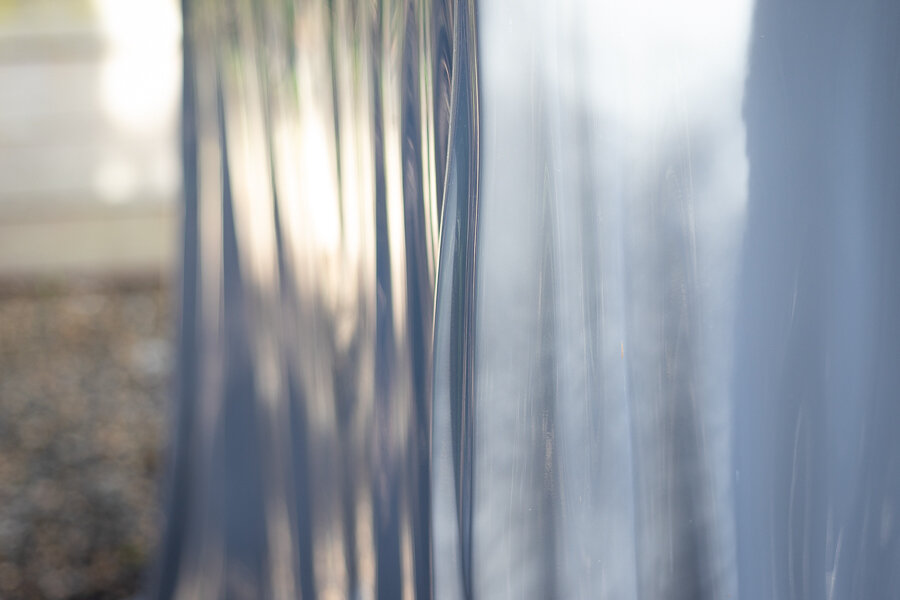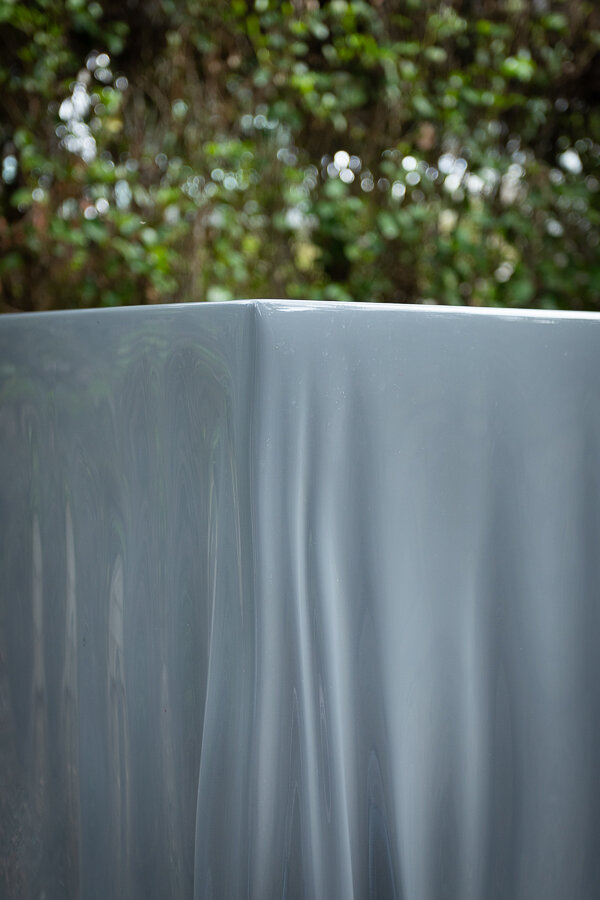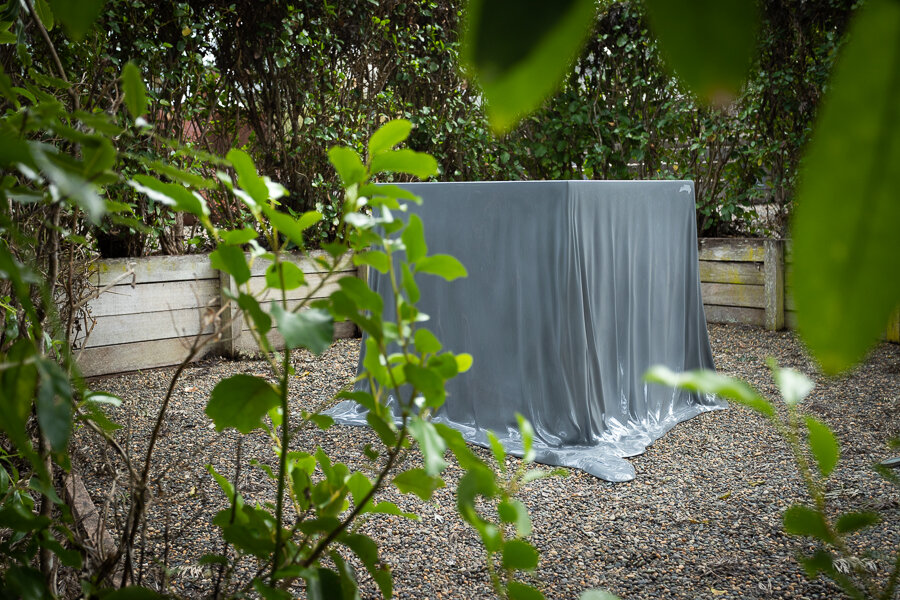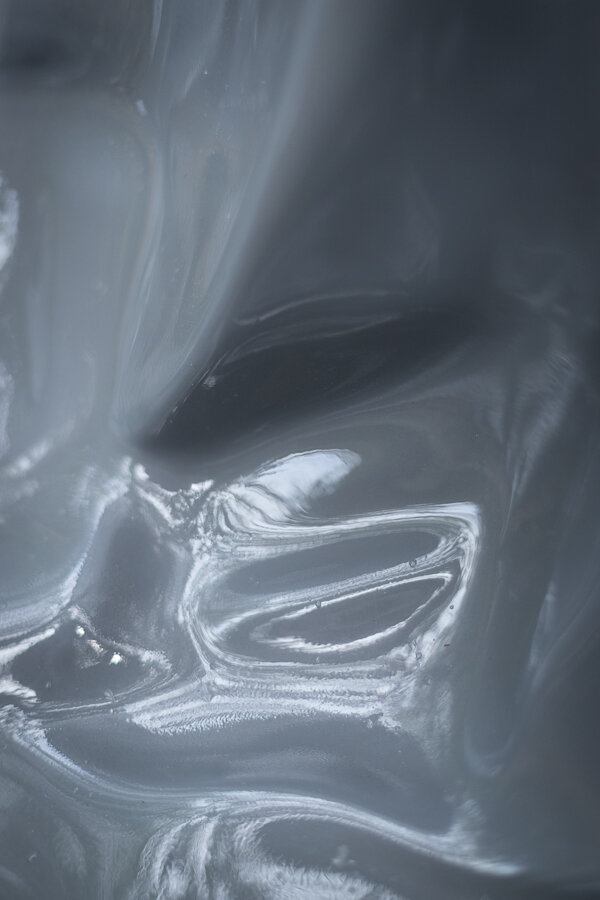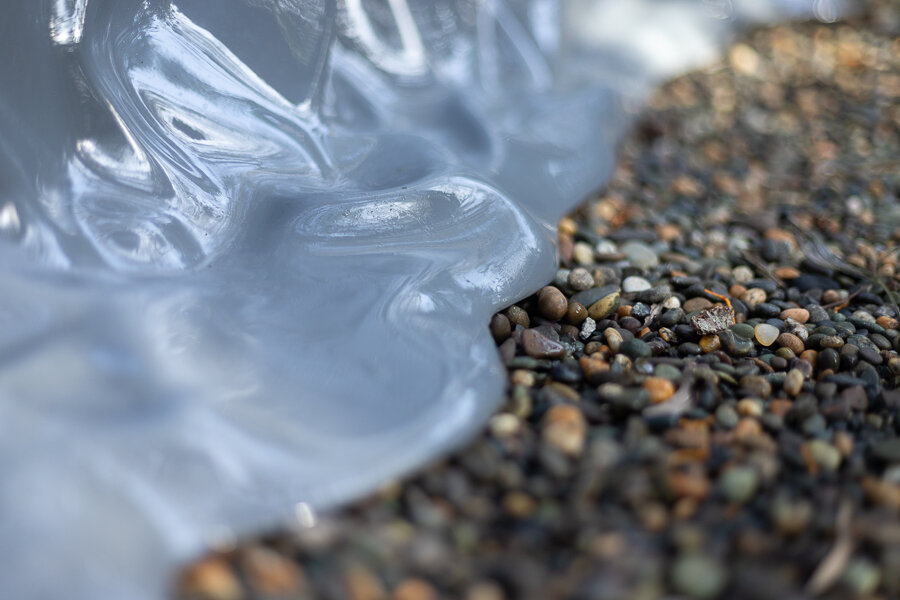seung yul oh
Monologue, 2010 / 2021
Wood, fabric, fibreglass, resin, epoxy paint
1000mm (height) x 1450 x 1550mm
Price on request
As a multimedia artist working across painting, sculpture and performance art, Seung Yul Oh’s practice is embedded with elements of whimsy and playfulness. Born in Korea, Seung moved to New Zealand to study at the University of Auckland's Elam School of Fine Arts, where he graduated with a Master of Fine Arts. He is now permanently based in New Zealand and continues to show internationally, his artworks blending East Asian popular culture with ironic references to high Western art history.
Much of Oh’s art-making has revolved around the element of surprise. His iconic OnDo - a fantastic larger-than-life sculpture of noodles and chopsticks in the Asian foodie hub of Auckland’s Dominion Road - offers a humorous experiment with scale and there is also a play with the force of gravity as it’s deliberately difficult to discern whether the mountain of noodles is launching the chopsticks skyward or the other way around.
There is also a gentle trickery present in Oh’s practice as he seeks to challenge the viewer’s expectations; he employs humorous trials with the way an object fits or sits in a space or, better still, the way a viewer interacts with the artwork causes the viewer to think twice: can I fit in here? This is the case in Periphery, a forest of towering yellow and white inflatable tubes that audience members were forced to push their way through, their sometimes humorous, sometimes awkward experiences therefore becoming part of the artwork.
With a slightly more mysterious nature, Oh’s Monologue is no less cheeky and performative. Describing the arrival of a solo speech, the title of the artwork gives further rise to the anticipation of entertainment. Faced with a slick, monochromatic object with an automotive paint finish, the viewer is encouraged to move around it and invited to wonder if they have discovered a performance stage or a cover-up. Intriguingly, the hard lines of a cubed box meet the soft folds of falling fabric, hinting at a surreal and shifting quality. This trickiness gives the object its power: Is it soft or solid? Is it multi-layered or all-in-one? Is it concealing something, or will all be revealed for those who wait? Has the performance been and gone or is the magic about to begin?
Monochrome encourages the act of sustained viewing and wonder, and certainly the more one gazes upon it, the more mysterious it becomes. Perhaps the answers will never arrive and perhaps this ‘not knowing’ is the goal. As Oh has suggested, “the viewer is given the opportunity to test their perception and imagine the possibilities, but they may also be challenged to accept that there is no resolution - it simply is what it is!”



